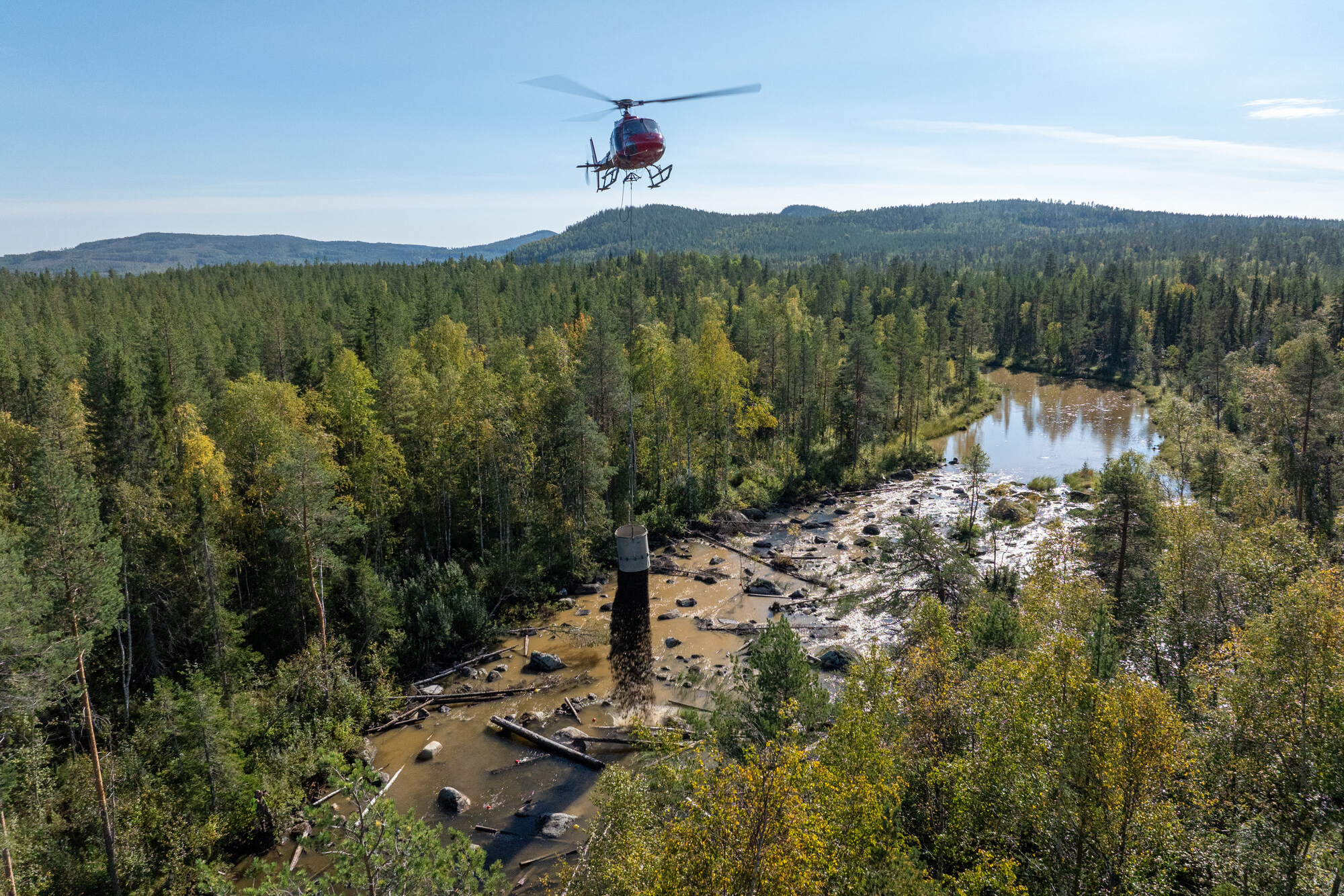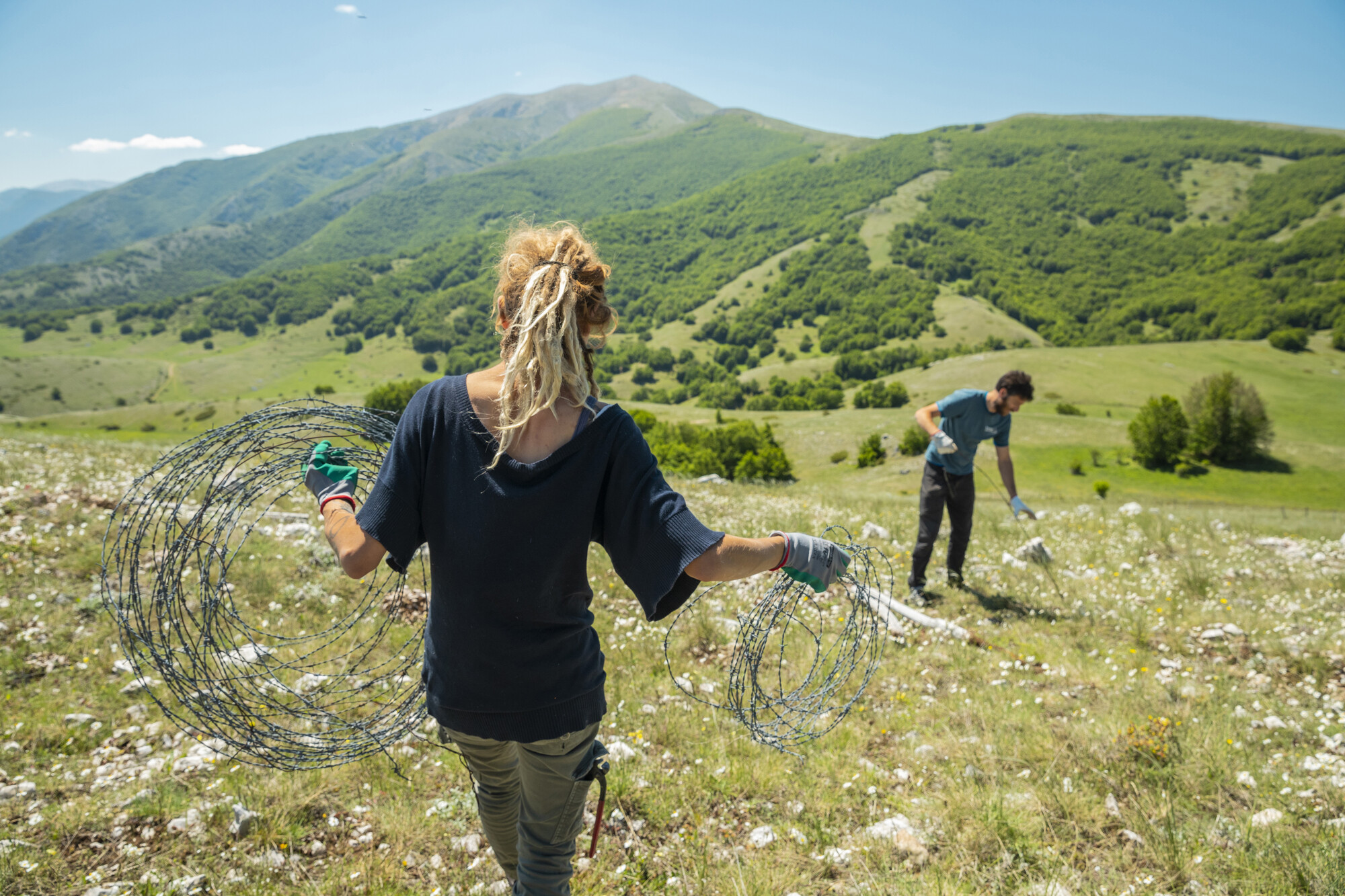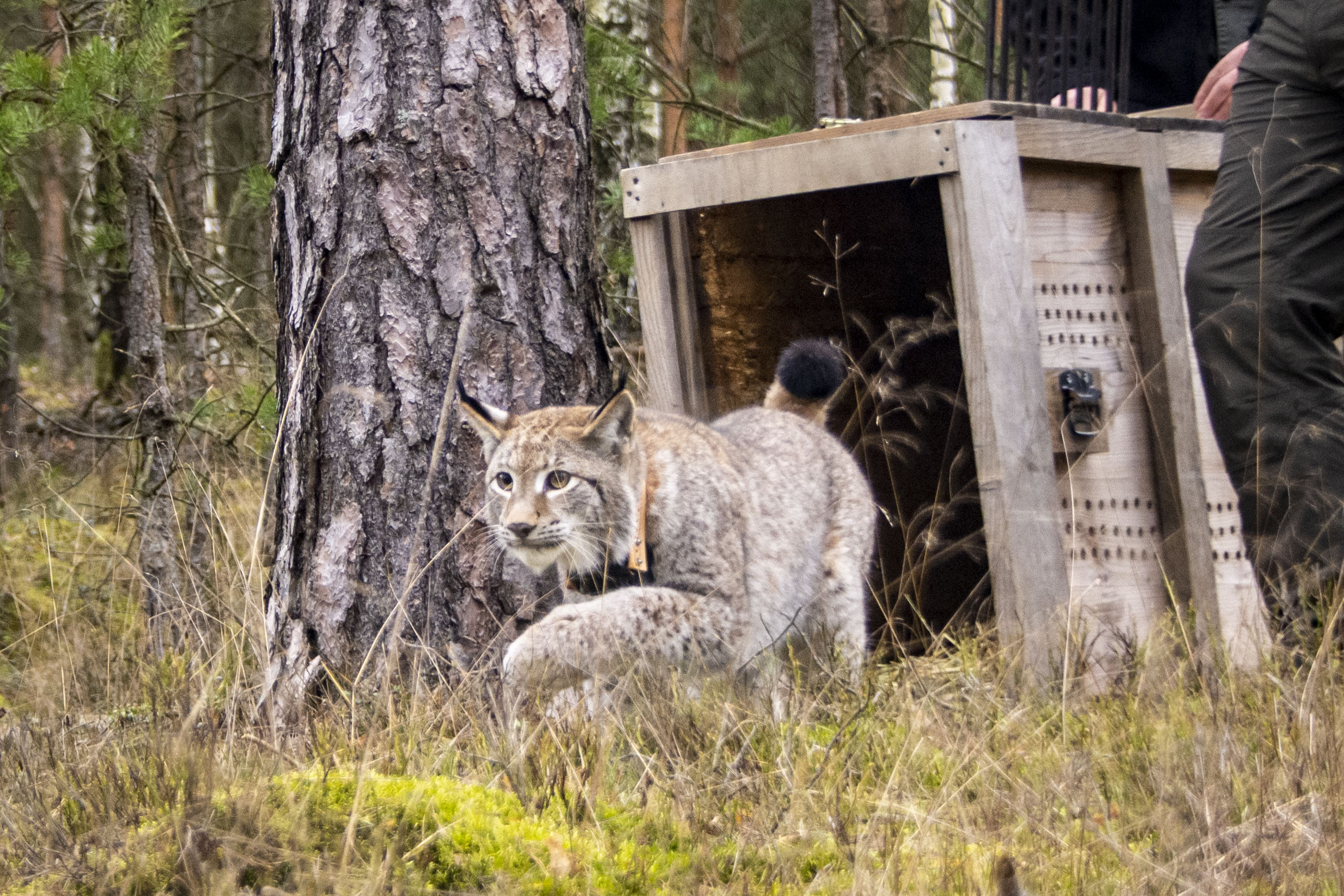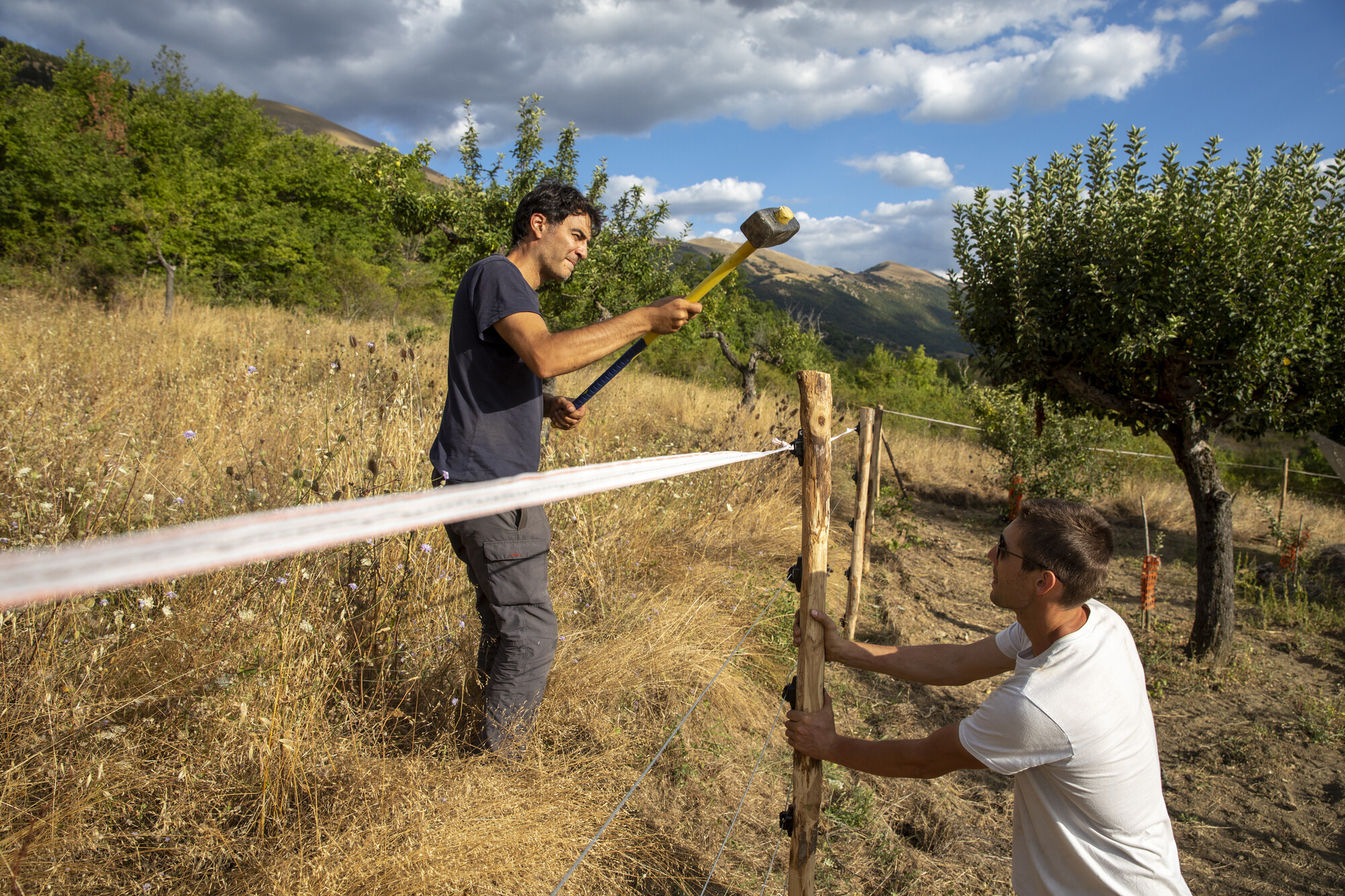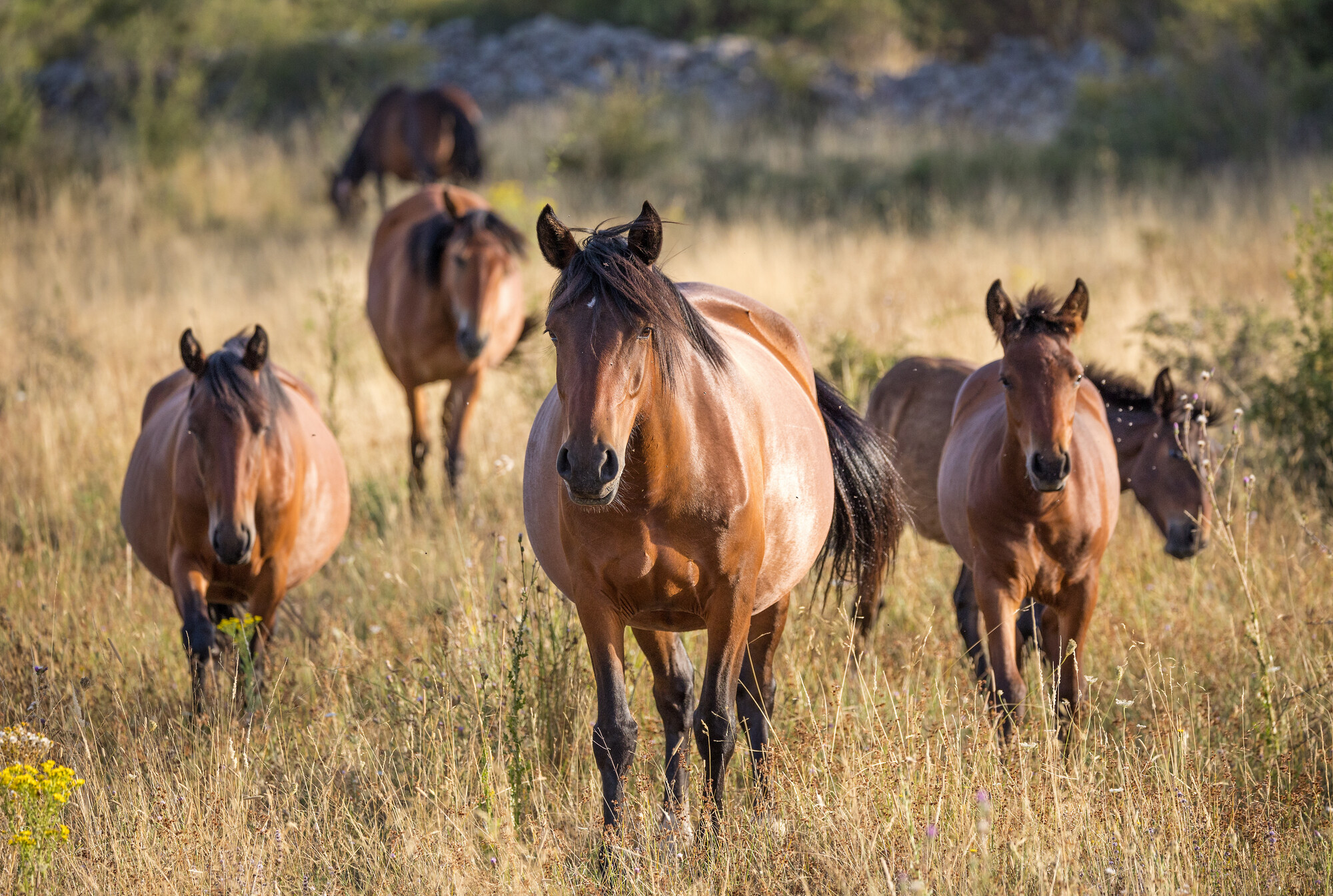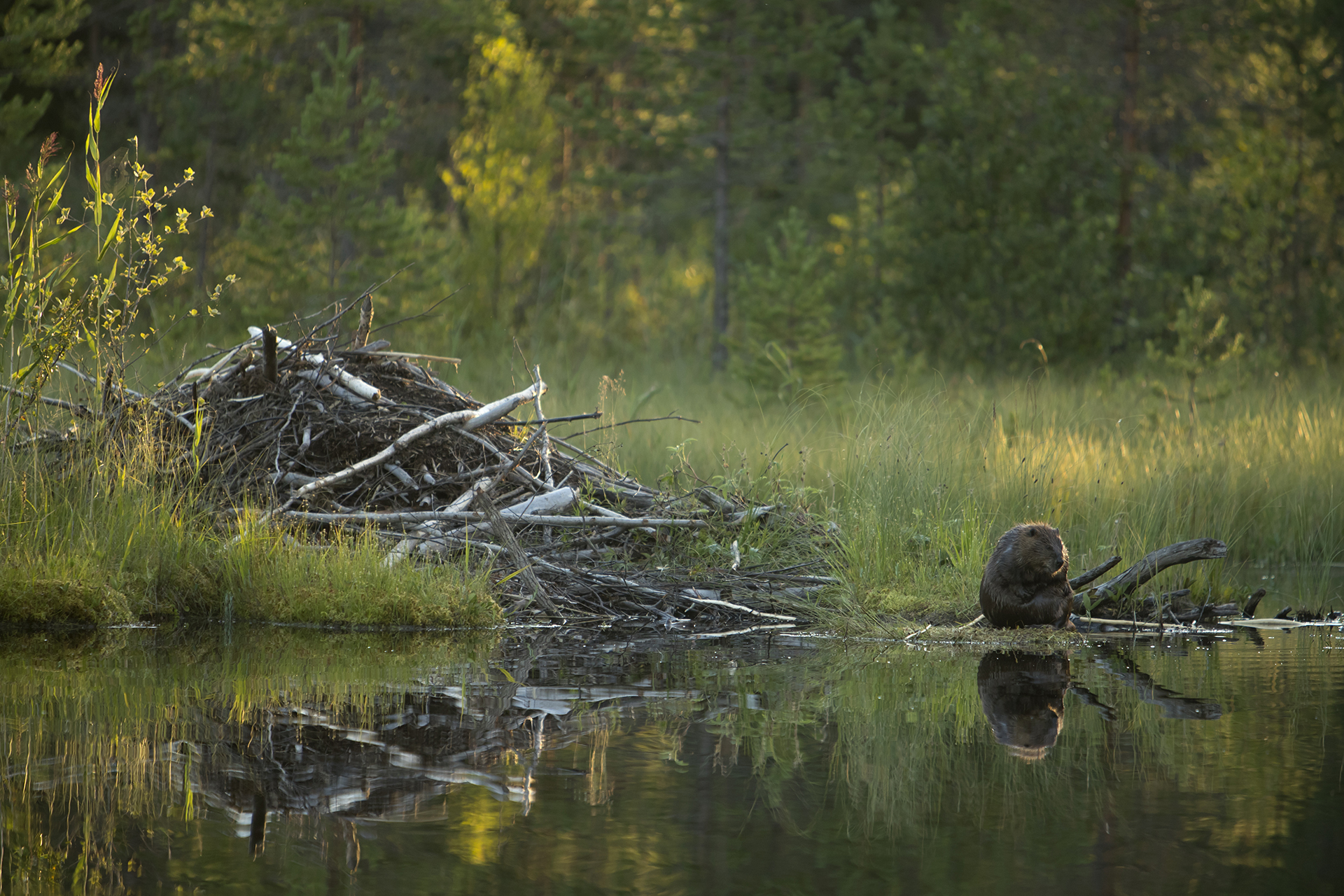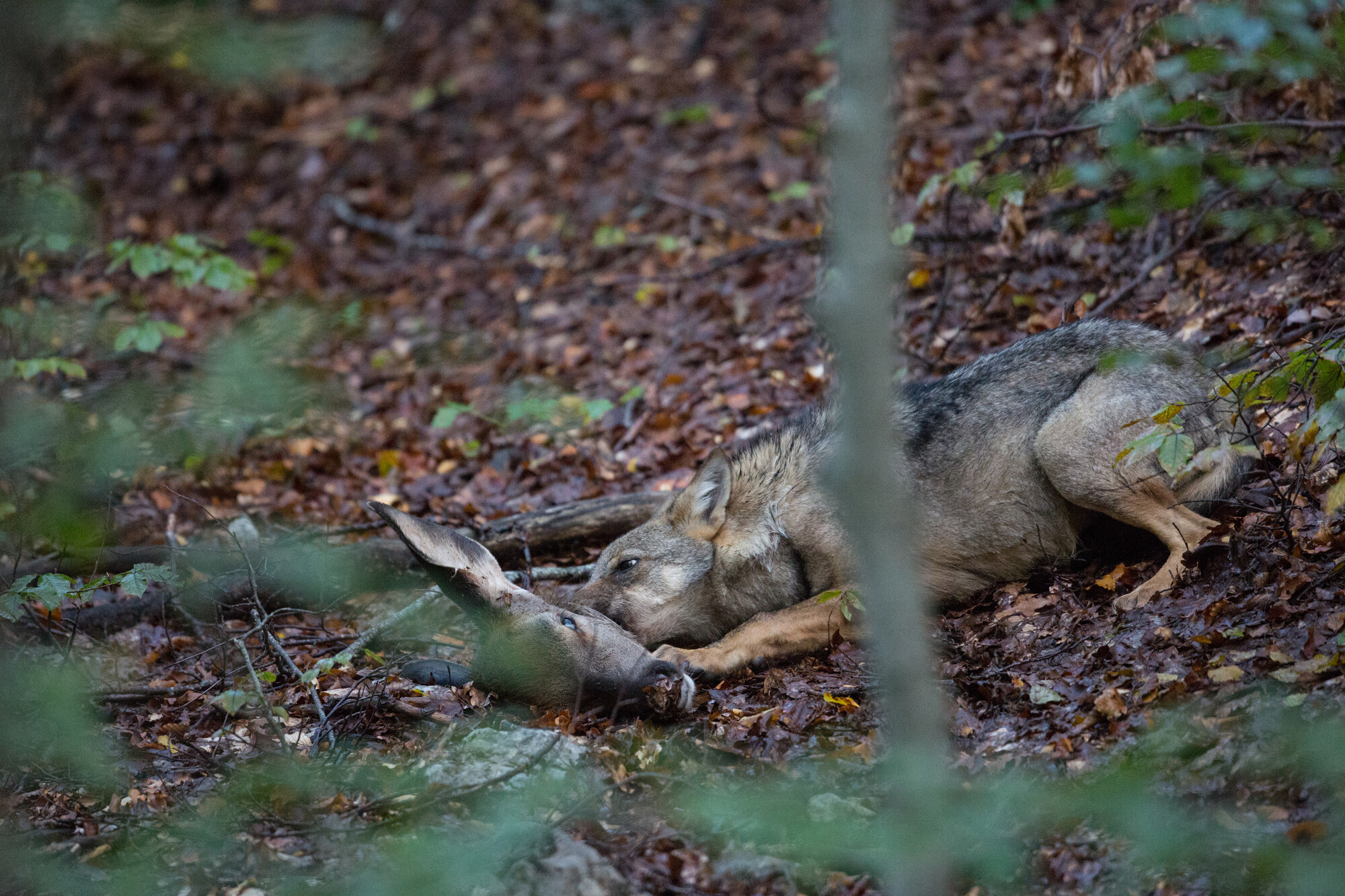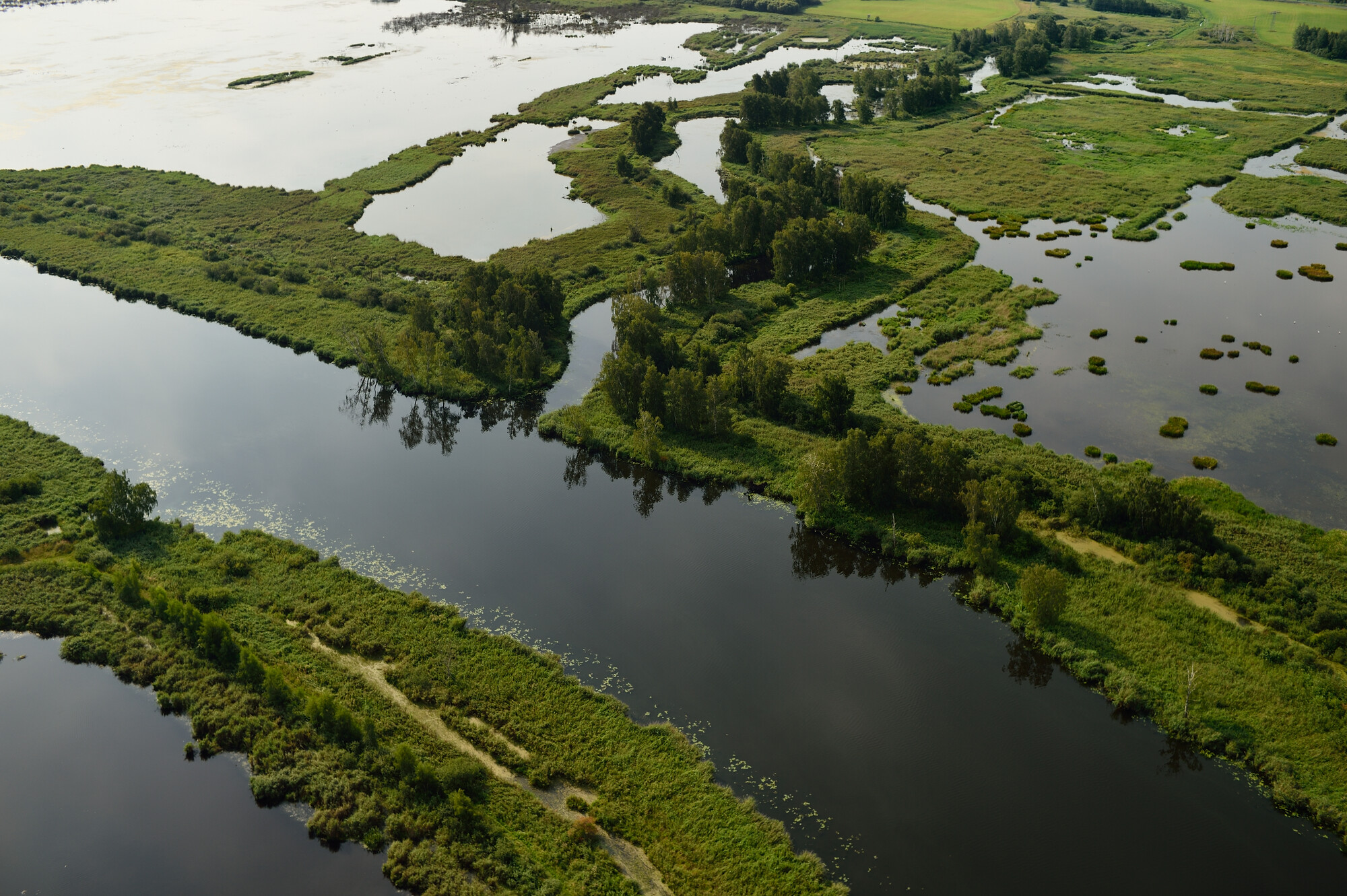Immediate action at scale is needed to restore nature across Europe. Spearheaded by the Nature Restoration Law, the enabling environment for rewilding has never been stronger — although meaningful implementation by EU Member States is now critical.
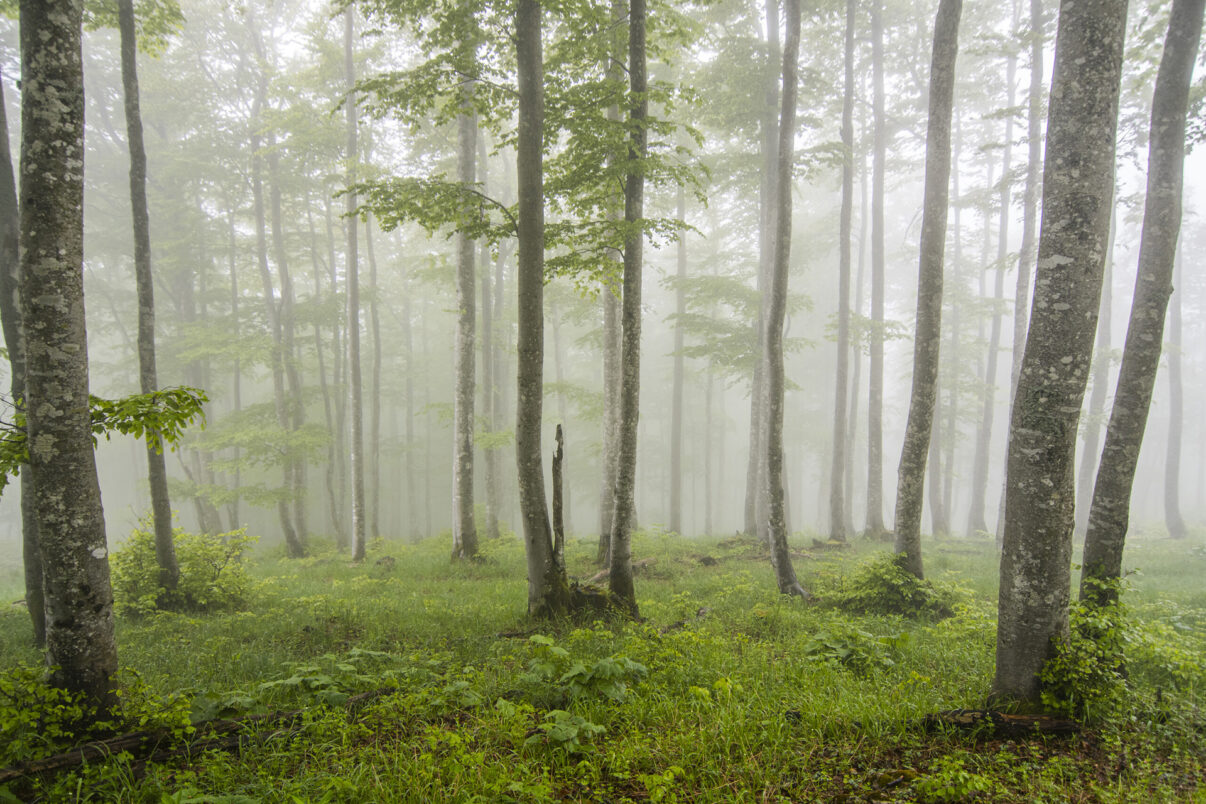
Why restoration matters
Wild nature is fundamental to the way societies and economies function. It provides the food we eat, filters the water we drink, cleans the air we breathe, and is critical for our mental and physical well-being. Yet in Europe, most habitats and species are in poor condition, with only a fraction showing any improvement over recent years.
To turn the tide of European biodiversity decline — and meet pressing challenges such as climate change — protecting the nature we have left isn’t enough. The restoration of European landscapes, seascapes, and wildlife populations is essential — not only for the inherent value of nature itself, but because such restoration is key if we want to move towards a more liveable, resilient, and prosperous future where nature and people thrive together.
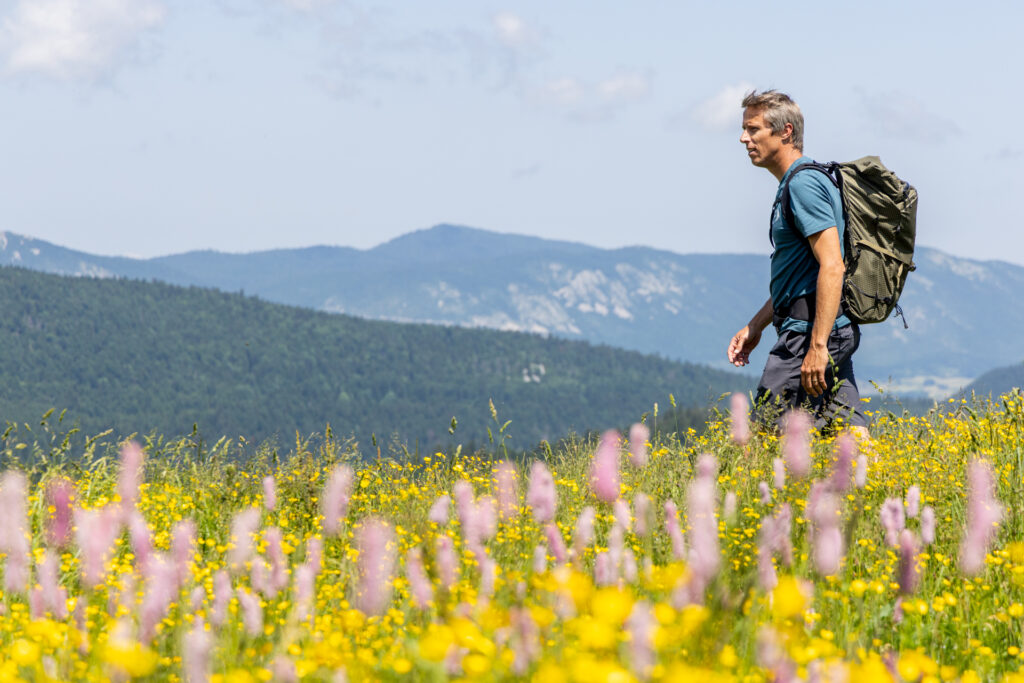
About the Nature Restoration Law
The Nature Restoration Law — which was adopted in June 2024 — is a groundbreaking piece of legislation. While concessions were made during its passage, it still represents a significant step forward for wild nature in Europe.
As the first continent-wide, comprehensive law of its kind, it sets binding targets for EU Member States to restore damaged ecosystems.
- Restoration measures must cover at least 20% of the EU’s degraded land and sea areas by 2030.
- Ultimately all ecosystems in need of restoration are restored by 2050.
Moving forwards, these states now need to draw up and implement national restoration plans, in which they identify concrete restoration needs and the measures needed to meet these targets.
A growing commitment
As a cornerstone of the European Green Deal, the adoption of the Nature Restoration Law is indicative of a growing commitment to ecological restoration in Europe and across the world, based on a heightened awareness of the critical importance of revitalising our ailing natural ecosystems. According to Arie Trouwborst, a professor of nature conservation law at Tilburg Law School in the Netherlands, the overall enabling environment for restoration and rewilding in Europe has never been stronger.
“We’re now halfway through the UN Decade on Ecosystem Restoration, the Global Biodiversity Framework has ambitious restoration targets, while the EU Biodiversity Strategy for 2030 and beyond also has a strong focus on ecological restoration. Following the adoption of the new law, we now have to wait and see how EU Member States pick up the baton.”

The pivotal role of rewilding
The benefits of restoring wild nature in Europe are clear and compelling and the legal requirement to recover nature at scale is now in place. The next question is: how should EU Member States go about carrying out that restoration? The answer, in short, is by rewilding.
“The Nature Restoration Law offers a huge opportunity for amplifying and accelerating rewilding across the EU,” says Rewilding Europe’s Head of Upscaling, Amy Duthie. “For the first time, Member States are required to make detailed plans about how and where they will restore nature. We must ensure these plans, the first of which are being drawn up right now, are ambitious and bring back nature at scale. Rewilding has a huge role to play.”
“The Nature Restoration Law offers a huge opportunity for amplifying and accelerating rewilding across the EU.”

Amy Duthie
Rewilding Europe’s Head of Upscaling
Targeted plans
The obligation to implement the Nature Restoration Law now lies with EU Member States. All 27 countries have the flexibility to achieve the law’s targets in their own way, as architects of their own restoration journeys. Each country now gets to design its own National Restoration Plan, encompassing measures that are based on their own assessments, scientific inputs, and consultations. These plans are flexible and tailored to match the needs and capacities of each country.
While restoration efforts will require initial investment and resources, the Nature Restoration Law emphasises a cooperative and adaptive approach. It encourages collaboration between Member States, stakeholders, and local communities to identify smart, cost-effective solutions.
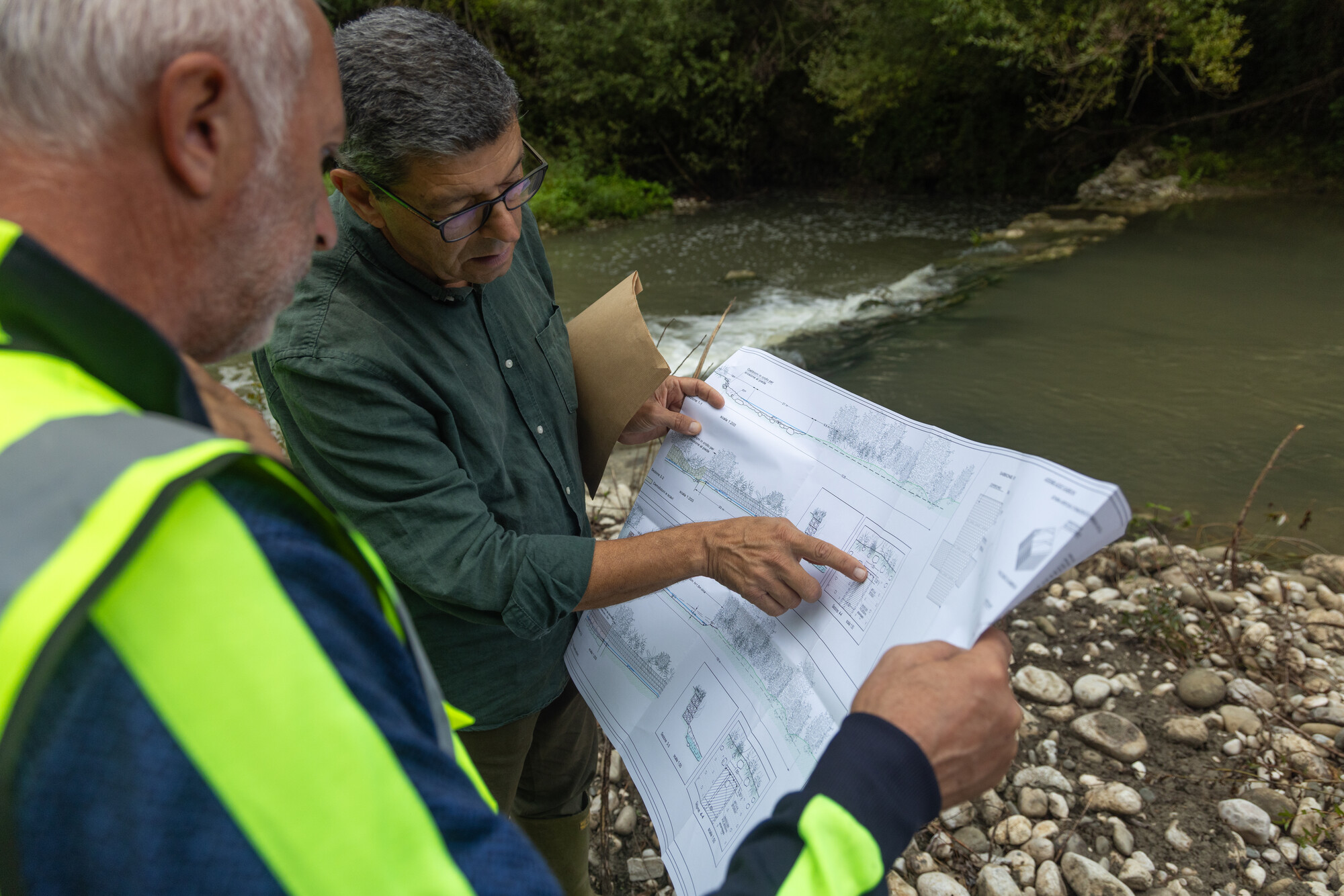
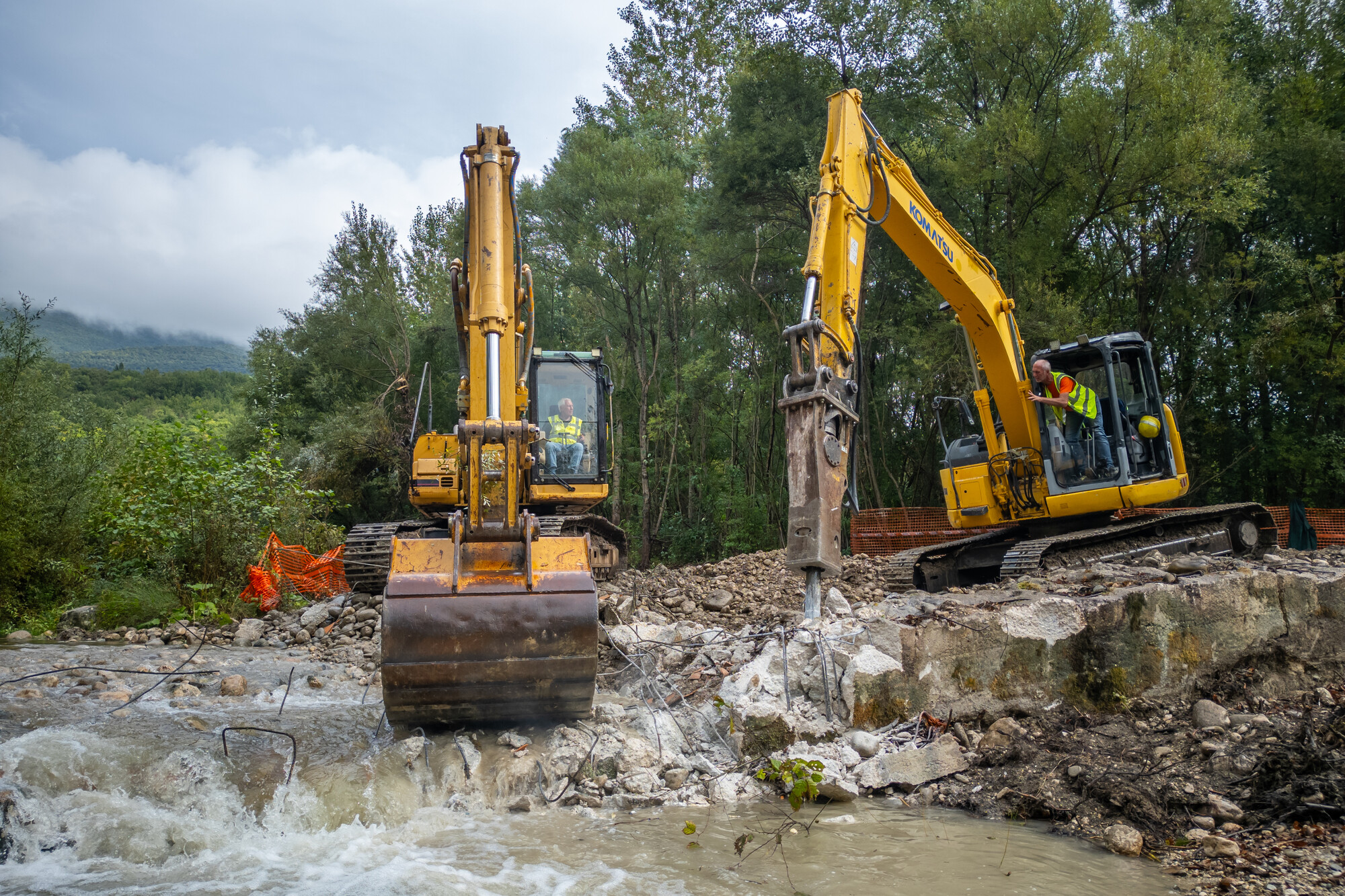
Working with nature is smarter and more cost-effective
As a progressive approach to nature recovery, rewilding is not only proven and available right now — it is also highly cost-effective. While traditional conservation often relies on intensive, expensive, and ongoing management, rewilding leverages nature’s own resilience, making large-scale recovery feasible, sustainable, and affordable.
Reintroducing populations of large, free-roaming herbivores such as wild horses and Tauros, for example, is proven to be more cost-effective than year-round grazing, making it a more viable solution than mowing grasslands in places where extensive farming is disappearing. Beavers restore and protect wetlands for free: in Czechia, they recently built a dam of sticks and mud that now protects a population of critically endangered crayfish, saving authorities – who were planning to build a concrete structure – 1.2 million USD in the process.
“Natural regeneration of forests is cheaper than tree planting, saving the investment of money that will never be earned back,” says Amy Duthie. “Natural predation is cheaper than culling. Scavenging is cheaper than carcass removal and disposal. And restoring floodplains is far smarter than building greater numbers of increasingly higher dykes.
“These examples illustrate how rewilding is about harnessing the power of nature and working with it in a smart way. The Nature Restoration Law encourages Member States to identify cost-effective solutions — rewilding can deliver them.”
Widespread support
The Nature Restoration Law marks a significant step towards a greener and more nature-friendly future for Europe. It sets a precedent for international policies, laws, and regulations for nature conservation, restoration, and more responsible fishing, forestry, and agriculture.
Public support for the Nature Restoration Law underscores its resonance among European citizens. High levels of support in countries such as Italy, Hungary, and Poland reflect a broad endorsement of the law’s objectives and reinforce the principle that public sentiment — together with science — should guide policy decisions, rather than populist narratives.
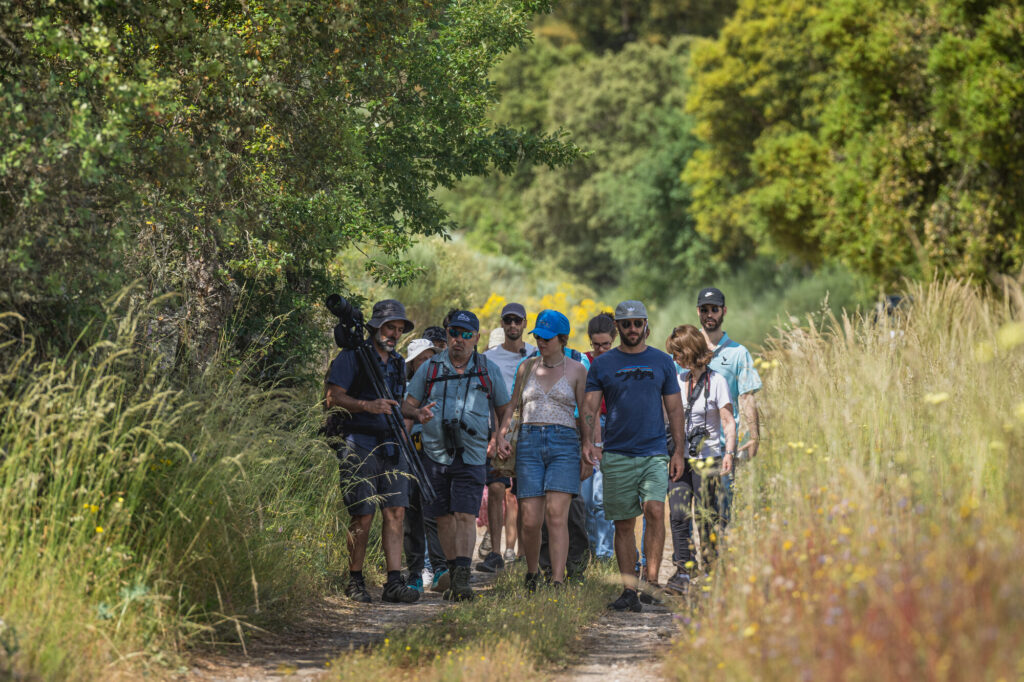
Towards a better, wilder Europe
Moving forwards, the EU and national governments now need to ensure that the Nature Restoration Law, climate and nature-friendly farming and forestry, and the sustainability of the European agricultural sector go hand in hand. This delicate task will be challenging and could require structural reforms in the EU’s Common Agricultural Policy (CAP).
To help EU Member States integrate rewilding into their national restoration plans, Rewilding Europe, together with other members of the European Rewilding Coalition, has drawn up and published a set of practical guidelines. These are a valuable resource that complement the rewilding guidelines newly released by the International Union for Conservation of Nature.
“Rewilding organisations have decades of experience in supporting the recovery of nature across Europe,” says Amy Duthie. “Now is the time to share our expertise and experience with policymakers, and apply practical rewilding at scale across the continent.”
The adoption of the Nature Restoration Law is not only a political and legislative triumph, but also pays testament to the EU’s burgeoning commitment to environmental stewardship and nature recovery. Member States must now realise the law’s ambition with decisive action, with rewilding offering the best pathway to meeting its targets.
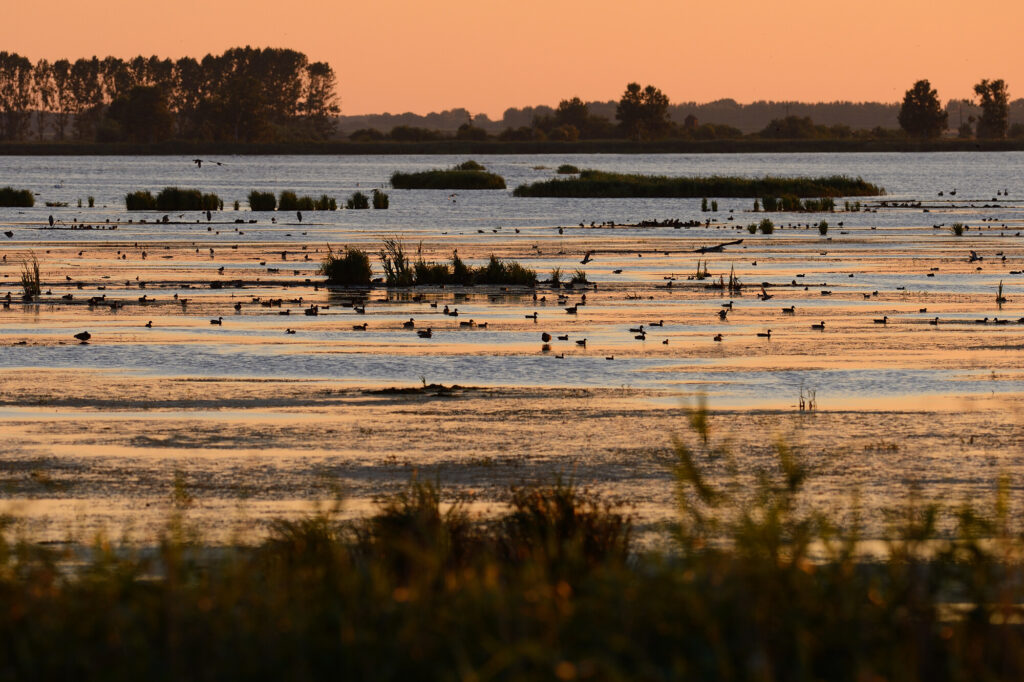
Want to know more?
Much of this blog is based on a longer story, with the same title, which featured in the Rewilding Europe Annual Review 2024.
Download a PDF of the story Or check out our Annual Review 2024
